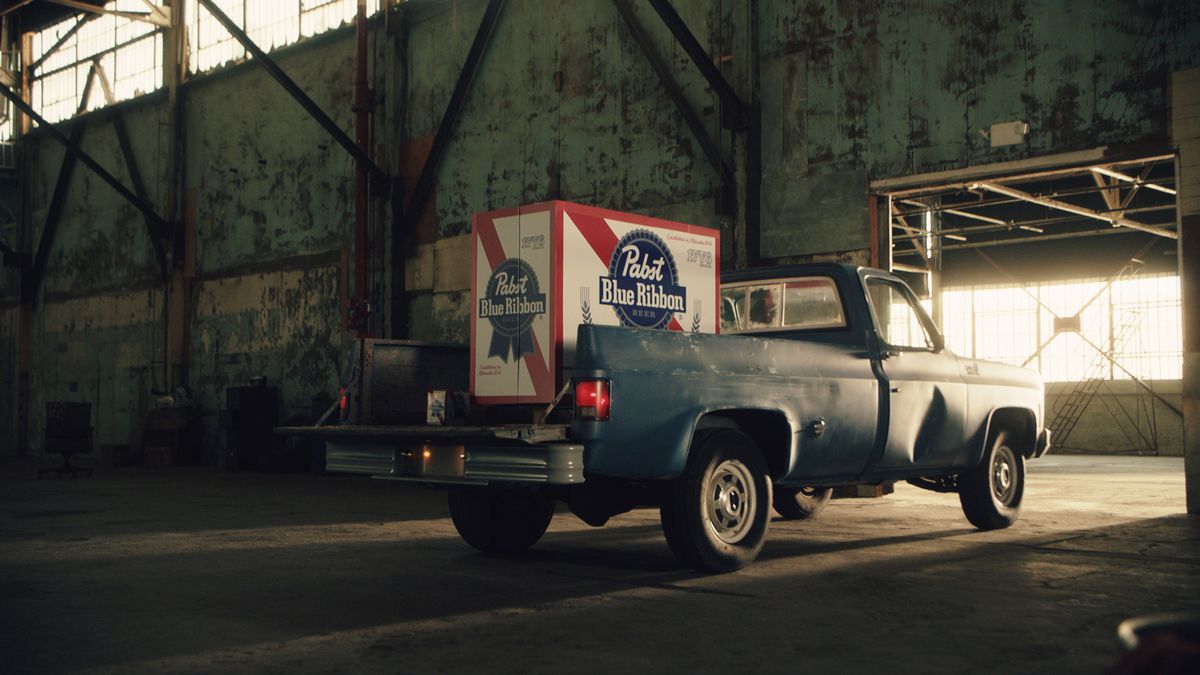A drier winter. Coronavirus pandemic and its resulting economic upheaval. Dayslong heat spikes punctuated by massive wildfires. All these have combined to make the 2020 North Coast wine grape harvest an accomplished pitcher of curveballs for growers and wineries.
In “normal” North Coast wine grape seasons, it can be challenging for the industry to know how large the fall harvest was until official figures come out early the following year. But the lack of rain led to a significantly lighter-weight crop, and September fires in Napa and Sonoma counties are expected to leave a question mark on whether some of the grapes that were harvested will develop issues from the smoke in the months ahead. Because of the risk to brands and the region’s reputation, suspect wine won’t be put before consumers, vintners said.
“I’m confident smoke-tainted wine will not get bottled,” said Alison Crowe, director of winemaking for Napa-based Plata Wine Partners, affiliated with Silverado Investment Management Company, which farms over 20,000 acres statewide.
Less winter and spring rain led to an earlier wine grape season than usual, and harvest started in July about 10 days ahead of typical. But this was coming off the record-sized 2018 crop and the large 2019 crop.
The North Coast crop was trending toward being 15%-20% lighter before the dry lightning storm Aug. 18 sparked the Walbridge and Hennessey fires that had burned 363,000 acres by the end of September and were 98% contained. The early start to the harvest led to 15%-20% of the estimated Sonoma County wine grape being picked before those fires, mainly chardonnay and pinot noir at lower sugar levels for sparkling wine.
When the lightning fires swelled in size in late August, that led to a deluge of grape and wine samples at testing labs in the North Coast and Pacific Northwest to check for traces of the chemical markers associated with smoke damage. The earliest test submissions received results in 10 days, but soon the lab equipment was stretched to the maximum and test results were pushed back to late October and November at the main facilities.
Ahead of another forecast heat spike and high fire danger Sept. 26-27, there was a big push to bring in the fruit, which earlier heat had readied for picking earlier than usual. About 90% of Sonoma County grapes were picked before the Glass Fire erupted across Napa and Sonoma counties on Sept. 27, said Karissa Kruse, president of trade group Sonoma Winegrowers.
“Every bottle of wine labeled 2020 will be well earned and should be celebrated with joy and glee that it got through,” Kruse said.
By last week, Silverado was 75%-80% done picking statewide, starting heavily into Santa Barbara chardonnay and pinot noir grapes and finishing up last week with the last of the North Coast red grapes. All that the company had remaining were Sonoma County’s Alexander Valley, largely out of the path of smoke from the Glass Fire.
Plata’s grape contracts in Napa Valley are focused mostly in the Carneros appellation, which spans the southwestern part of the county and southeastern Sonoma County, and the Oak Knoll District in the middle of the valley. Thankfully, the hot weather helped the cabernet sauvignon and merlot grapes Plata was to receive mature much faster that the historical pattern, allowing picking to start weeks early, on Sept. 20, rather than in the second half of October or November.
“The cabernet and merlot did not have any kind of pyrazine green bell pepper aroma and flavor,” Crowe said. “Oftentimes with a cabernet harvest, what winemakers are doing is letting it hang out there for those flavors to essentially cook out of the grapes in the sunlight, get the pyrazines out of the grapes. This year, we had very little pyrazines. So the flavors are there.”
But that heat also led to a significant drop in tonnage, according to Tony Bugica, director of farming and business development for Napa-based Atlas Vineyard Management, which farms thousands of acres in the North Coast, Central Coast and Oregon.
“More of the damage was done from the heat spikes, from dehydration of the grapes,” he said. He estimates that that led to a 20%-30% loss in tonnage over the season.
Considering the fires in the North Coast and Oregon this year, Atlas expects to harvest from 90% of the acreage it farms. The frustrating part of the potential for smoke damage is the variability from one vineyard to the next and one grape variety to another, Bugica said. One of Atlas’s client vineyards in Napa Valley has grapes test very high for smoke damage, but another grape variety in the same vineyard had results below the laboratory detection level. He saw the same thing happen when picking Sonoma Coast pinot noir west of the Walbridge Fire, but tests showed no impact.
“Every time there is a big fire the national news says Wine Country is all burned down,” Bugica said.
Atlas was wrapping picking in Sonoma County on Thursday and planned to be done in Napa County in the next two weeks.
Some large vintners already have called a wrap on the 2020 harvest.
“I think harvest is largely over,” said Pat Roney, CEO of Santa Rosa-based Vintage Wine Estates told The Press Democrat on Sept 28. The company owns local wineries such as B.R. Cohn, Clos Pegase, Girard, Viansa and Windsor Vineyards.
Jeff Quackenbush covers wine, construction and real estate. Before the Business Journal, he wrote for Bay City News Service in San Francisco. He has a degree from Walla Walla University. Reach him at jquackenbush@busjrnl.com or 707-521-4256.
October 03, 2020 at 01:52AM
https://ift.tt/3iqNfuv
Heat helps bring many wine grapes in before the fires - North Bay Business Journal
https://ift.tt/31lUVcw
Wine

No comments:
Post a Comment